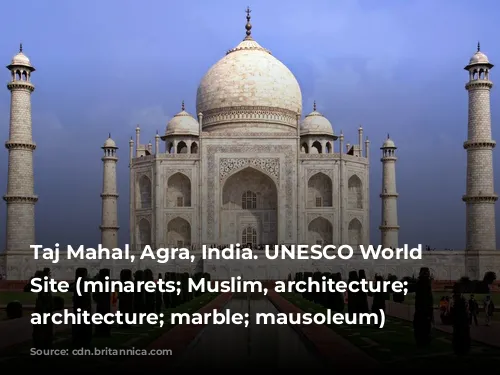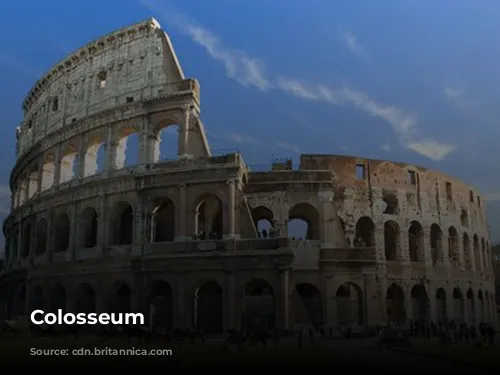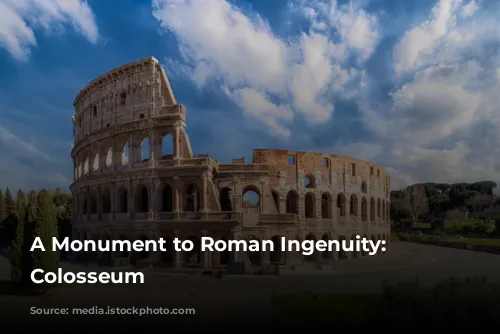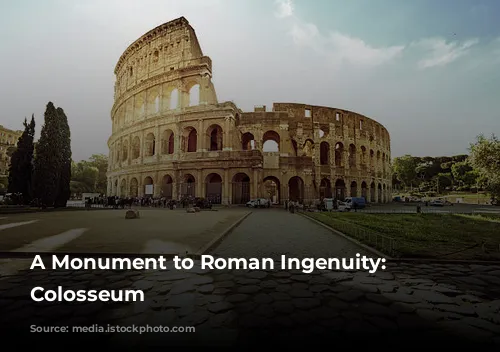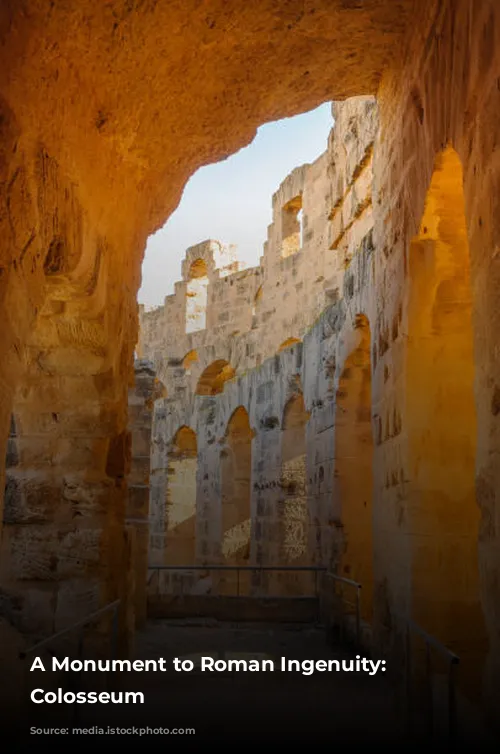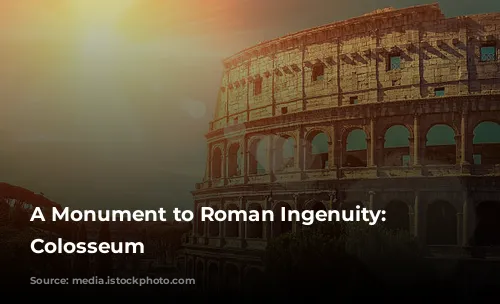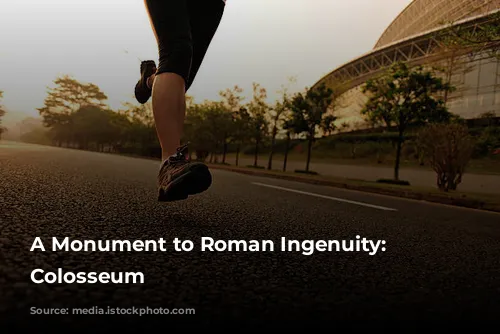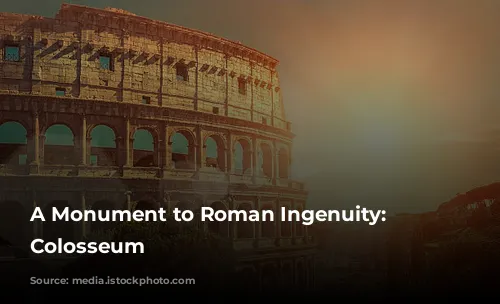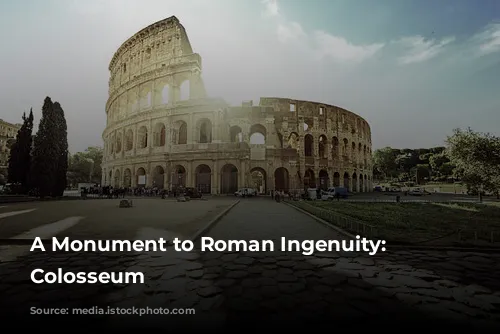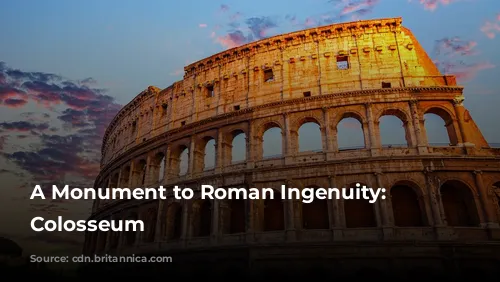The Colosseum, a marvel of ancient Rome, stands tall as a testament to the extraordinary skills of Roman architects and engineers. This iconic structure, one of the few surviving remnants of the Roman Empire, not only captivates visitors with its impressive size but also serves as a significant source of revenue for the Italian government. In 2018, the Colosseum, Roman Forum, and Palatine Hill collectively generated over $63.3 million (€53.8 million), solidifying their position as the most lucrative tourist attraction in Italy.
This paragraph explains the historical and economic significance of the Colosseum.
A History of Neglect and Restoration
The Colosseum, once a vibrant hub of entertainment, fell into a state of disrepair after the decline of the Western Roman Empire. In the 12th century, the Frangipane and Annibaldi families, powerful families of the time, turned the arena into their fortress. During the late 15th century, Pope Alexander VI, in a rather unfortunate decision, allowed the Colosseum to be used as a quarry, further degrading its structure. For over a thousand years, the once magnificent structure was left to crumble, its grandeur overshadowed by neglect. Thankfully, the 1990s saw the commencement of state-funded restoration efforts, aiming to bring back the Colosseum’s lost splendor.
This paragraph narrates the period of neglect the Colosseum faced and the subsequent efforts towards its restoration.
The Colosseum: A Grand Vision
The construction of the Colosseum was driven by the imperial ambition to revitalize Rome following the turbulent year of the four emperors in 69 CE. Emperor Vespasian, a man of vision, saw the potential of the Colosseum as a grand entertainment venue. This amphitheater, like its counterparts, was meant to be a stage for gladiatorial combats, thrilling animal hunts, and even spectacular mock naval battles, designed to captivate and entertain the Roman populace.
This paragraph describes the purpose and significance of the Colosseum during the reign of Emperor Vespasian.
A Colossal Undertaking
The construction of the Colosseum began under the reign of Emperor Vespasian, between 70 and 72 CE. His son and successor, Emperor Titus, dedicated the completed structure in 80 CE, a testament to the dedication of both emperors. The Colosseum’s fourth story, a remarkable addition, was later completed by Emperor Domitian in 82 CE. It is noteworthy that the funds for this monumental project were derived from the plunder taken during Titus’s conquest of Jerusalem in 70 CE, and Jewish slaves from Judea were employed in its construction.
This paragraph elaborates on the timeline of the Colosseum’s construction and the labor force involved.
A Monument to Engineering Genius
The Colosseum, also known as the Flavian Amphitheatre, stands as a marvel of Roman engineering. This elliptical structure, constructed with stone, concrete, and tuff, rises to a height of four stories. Its imposing dimensions, 620 by 513 feet (189 by 156 meters), allowed it to accommodate an impressive audience of up to 50,000 spectators. The Colosseum, renowned for its use in gladiatorial combats, remains an enduring symbol of Roman power and grandeur.
This paragraph describes the architectural features and scale of the Colosseum.
A Symbolic Replacement
The Colosseum’s location was strategically chosen, reflecting the changing tides of power in Rome. It was built just east of the Palatine Hill, on the site of Nero’s infamous Golden House. The artificial lake, once the centerpiece of Nero’s palace, was drained and replaced by the Colosseum. This symbolic act marked Vespasian’s rejection of Nero’s tyrannical rule and his desire to create a public space for the people of Rome. The decision to transform the site from Nero’s lavish, private lake to a public amphitheater was a powerful statement of Vespasian’s intent to establish a more inclusive and democratic society.
This paragraph focuses on the symbolic significance of the Colosseum’s location and its connection to Emperor Nero.
An Engineering Masterpiece
The Colosseum stands as a masterpiece of Roman engineering. Unlike earlier amphitheaters, which relied on the support of hillsides, the Colosseum is a freestanding structure. It was built using a complex system of barrel vaults and groin vaults, showcasing the Romans’ mastery of construction techniques. The structure’s impressive size and unique construction methods made it possible for the Colosseum to accommodate a massive audience.
This paragraph highlights the engineering marvel of the Colosseum.
A Spectacular Show
The Colosseum was designed to provide an unparalleled spectacle for the Roman populace. The arena could accommodate up to 50,000 spectators, who were shielded from the scorching Roman sun by a massive retractable awning known as a velarium. The velarium, manipulated by hundreds of Roman sailors, was supported by masts extending from corbels built into the Colosseum’s upper story. The Colosseum served as a venue for a vast array of entertainment, including gladiatorial combats, thrilling contests between humans and animals, and even grand mock naval battles. However, the evidence of the Colosseum being used for the martyrdom of early Christians remains uncertain.
This paragraph describes the Colosseum’s features and its use as an entertainment venue.
Time’s Toll and Renewal
Throughout history, the Colosseum has faced the ravages of time and the destructive actions of man. During medieval times, it was repurposed as a church, then as a fortress by two prominent Roman families. Earthquakes and lightning strikes took their toll, while vandalism and pollution further exacerbated its deterioration. Over a thousand years of neglect saw the disappearance of marble seats and decorative elements, leaving the Colosseum as little more than a quarry. Thankfully, the preservation of this iconic structure began in earnest during the 19th century, with efforts led by Pope Pius VIII, and a major restoration project commenced in the 1990s. Today, the Colosseum stands as one of Rome’s most visited tourist attractions, welcoming nearly seven million visitors annually. Regularly changing exhibitions explore the fascinating history of ancient Roman culture, bringing the Colosseum’s past to life for a new generation.
This paragraph covers the historical deterioration of the Colosseum, the ongoing preservation efforts, and its contemporary significance.
The Colosseum, a testament to the architectural and engineering genius of ancient Rome, stands as a symbol of the city’s rich history and enduring legacy. It continues to captivate visitors from around the world, reminding us of the splendor and grandeur of the Roman Empire.
This is a concluding paragraph summarizing the content of the article.
